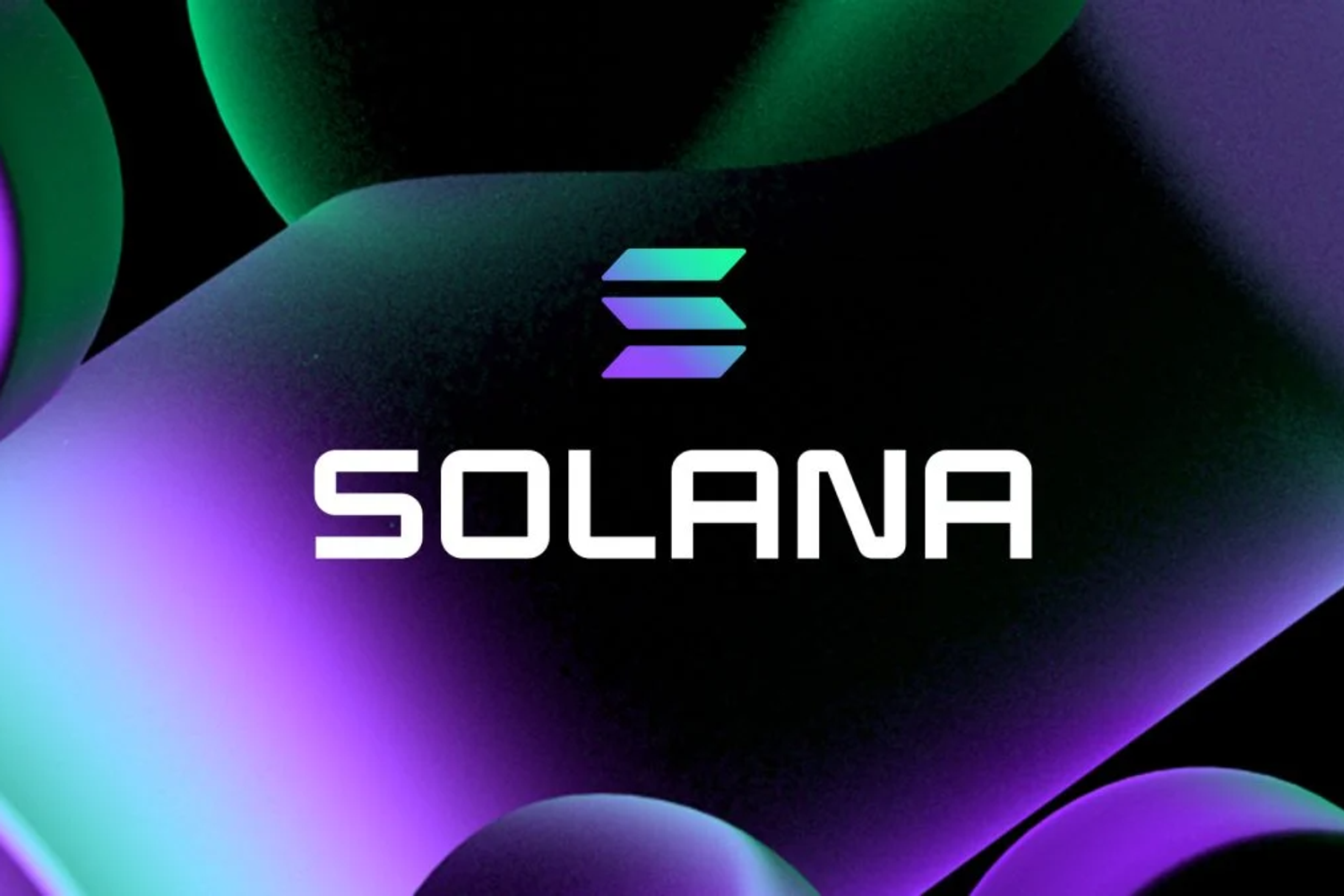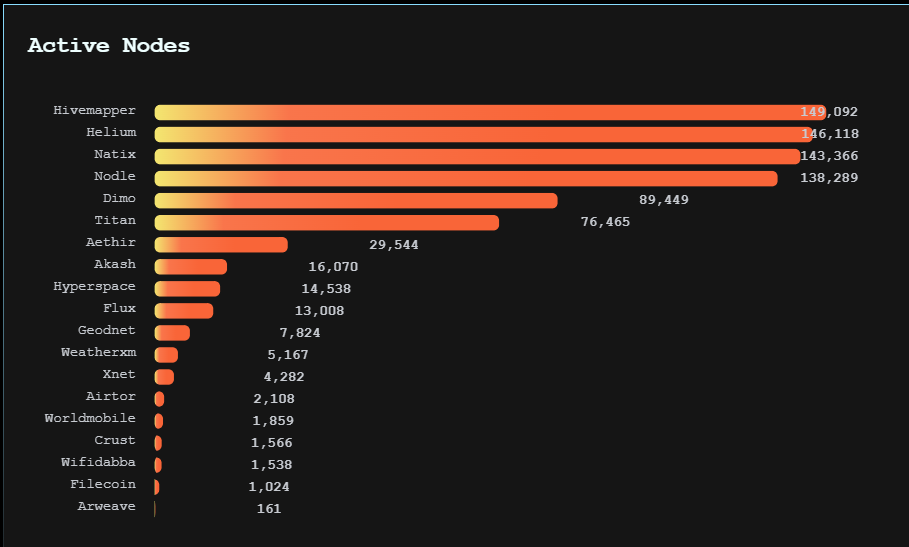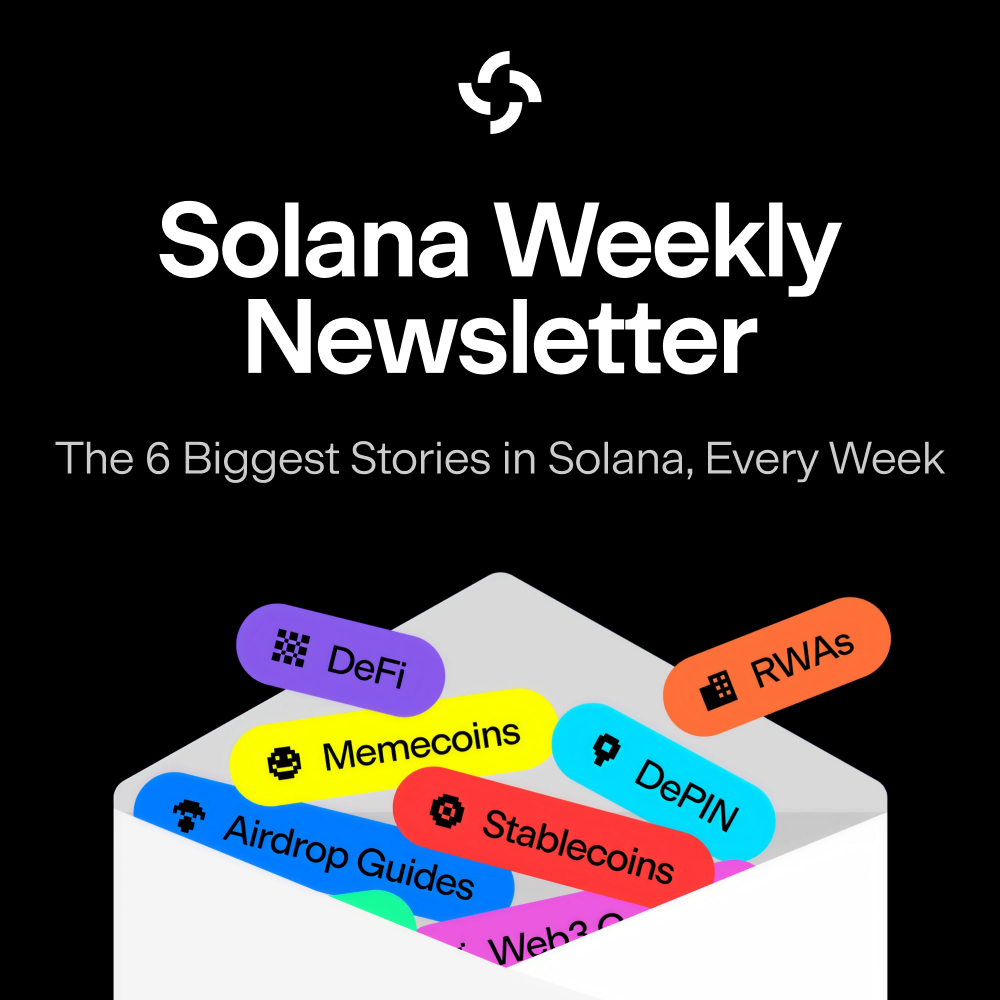
CrowdStrike Global IT Outage Puts Spotlight on Solana’s DePIN Growth Potential
While blockchain wouldn’t have inherently prevented the cause of CrowdStrike’s worldwide tech meltdown, the event highlights DePINs role in the future of the internet.
- Published:
- Edited:
July 19th’s devastating IT outage left hundreds of businesses across the world scrambling to provide basic services. A software bug that was prematurely pushed to production wrought havoc across the globe, temporarily shutting down banks, airlines, and essential services.
Cryptocurrency may not have been a solution to this particular problem, but the event still exposed the vulnerabilities and flaws of our reliance on centralized infrastructure.
What makes DePINs more resilient than centralized alternatives and why is Solana so well-equipped to support decentralized infrastructure?
Security Through Decentralization
One of the fundamental staples of the cryptocurrency industry, decentralization is key to avoiding singular points of failure. Drawing resources and infrastructure from distributed sources makes any entity vastly more robust.
Despite detractors arguing that the network is dangerously centralized, Solana has proven its critics wrong, establishing itself as one of the industry’s most decentralized blockchains. A common and admittedly simplified measure of network decentralization, Solana boasts a Nakamoto Coefficient that surpasses the bulk of its rivals.
However, where Solana gains its edge is through the development of alternative validator clients. Barring Ethereum, most Layer One blockchains rely on one sole validator client. Ironically, if a software bug was pushed to production, as was the case with the CrowdStrike outage, these blockchains could also fall victim to a complete network outage.
On the other hand, Solana is on track to eliminate this vulnerability. The network currently hosts two independent validator clients. Solana’s network resilience will go to new heights with the deployment of Jump Crypto’s Firedancer client, which completely rewrites the network into a different programming language from scratch, eliminating the risk of one bug affecting various clients.
Not only is Solana becoming more decentralized by the day, but the network’s thriving DePIN sector is witnessing unrivaled adoption.
Solana Leads Real World DePIN Adoption
Crypto’s DePIN sector is vague. Despite deploying zero infrastructure and offering no proof-of-concept, hundreds of different projects are categorized as DePIN protocols by various blockchain data sites.
For example, CoinMarketCap’s DePIN category features over 140 different DePIN projects but includes Layer 1 blockchains like Internet Computer (ICP). DePinScan, a research tool operated by IoTeX, lists 262 DePin cryptocurrency projects. Other resources, like EV3’s depin.ninja platform, suggests over 300 DePIN protocols are being built on Ethereum alone.
With such ambiguity surrounding what defines a DePIN network, how can we track the manner in which DePINs are actually being deployed and used?
Physical Infrastructure. Among hundreds of supposed DePIN projects, which protocols can individuals see first-hand through real-world devices or Proof-of-Concept?
According to EV3, Solana-based projects dominate their competitors in terms of active node deployments, with projects like Helium, Hivemapper, and Natix each operating hundreds of thousands of devices.
Courtesy of its unmatched scalability and performance, the Solana network is a natural choice for businesses looking to deploy DePINs. In the current blockchain landscape, no other blockchain is adequately equipped to support the data transmission of hundreds of thousands of devices without suffering debilitating latency issues and gas spikes.
Additionally, Solana benefits from the widespread use of mobile devices. Solana Saga, the network’s Web 3 phone, sold out following a collaboration with BONK and the second iteration has been preordered over 140,000 times.
With the future of the internet expected to be driven by mobile-first usage, the Solana network is ideally placed to establish itself as the leading chain for DePIN protocols.
GenesysGo Founder Weighs In
A long-standing, stalwart of Solana's DePIN sector, GenesysGo offers a timely solution. Unveiling their Proof-of-Concept at Solana Crossroads earlier this year, GenesysGo's ShdwDrive provides a decentralized storage solution powered entirely by mobile devices.
GenesysGo founder, Frank Mathis, contends that the CrowdStrike incident further reinforces the need for decentralized infrastructure at global scale:
"The global IT outage on July 19, 2024, caused by a faulty CrowdStrike update, affected millions of devices and disrupted essential services worldwide. This incident highlights the vulnerabilities of centralized systems, where a single error can lead to widespread disruptions.
Decentralized networks, by comparison, offer greater resilience by distributing data, processing tasks across multiple independent nodes, and empowering the network to protect its own integrity automatically via governance.
All these elements working cooperatively result in a more robust and resilient network less prone to the risk of such failures. The outage underscores the need for adopting decentralized infrastructures to enhance system robustness and continuity in critical operations."
The blockchain industry plays host to hundreds of DePIN protocols across various networks. However, based on physical deployments, Solana has established itself as the performant network for DePINs, with platforms like GenesysGo delivering creative solutions to modern problems.
Read More on SolanaFloor:
Circle, the organization behind USDC, has welcomed Lulo to elite company:
Lulo Joins the Circle Alliance, Reinforcing DeFi Credibility
Need a primer on DePIN? Read our Guide



